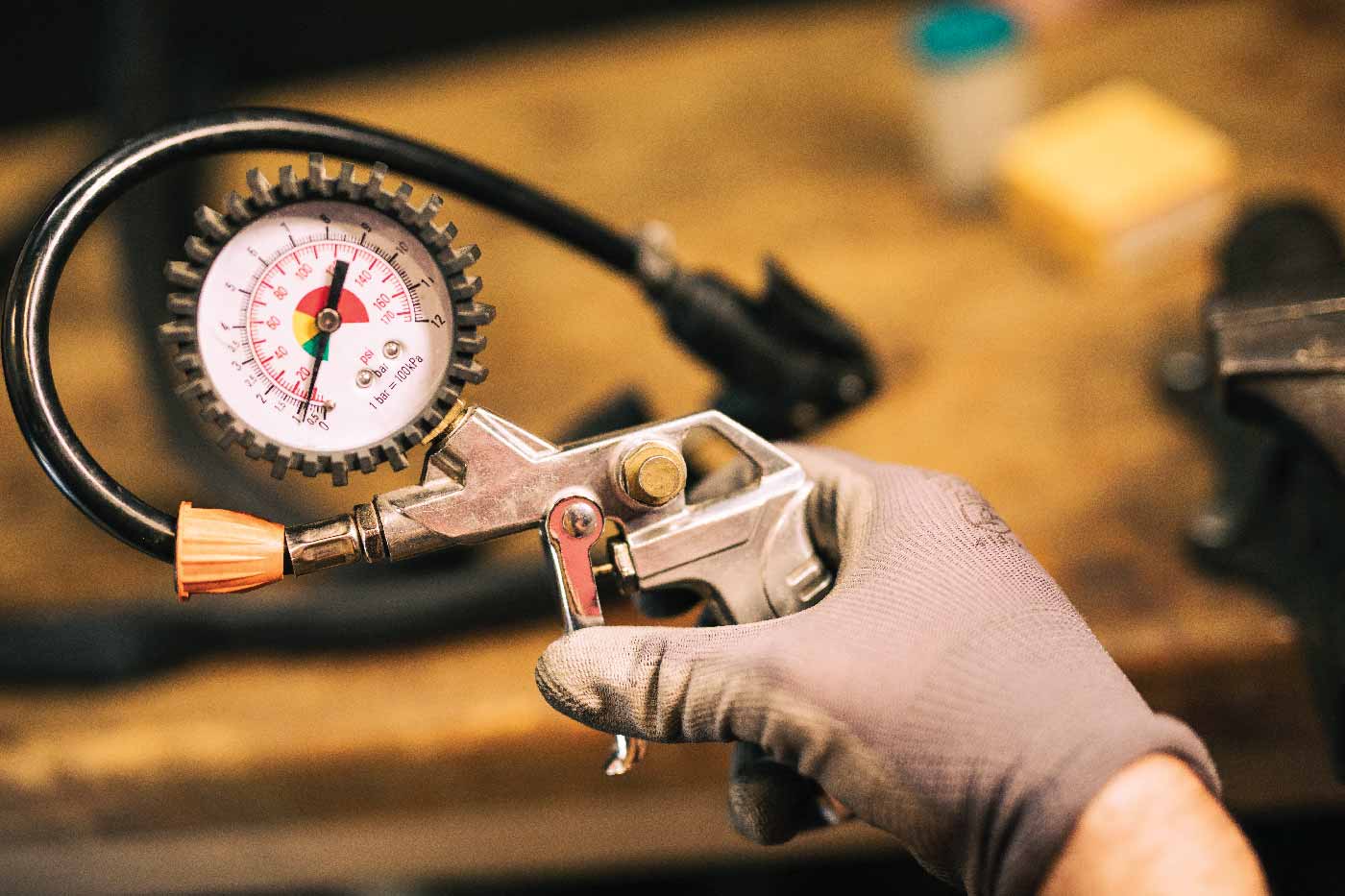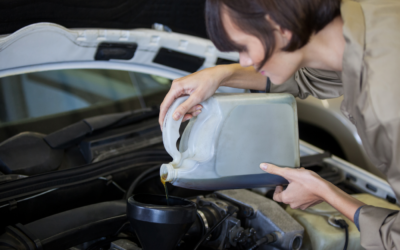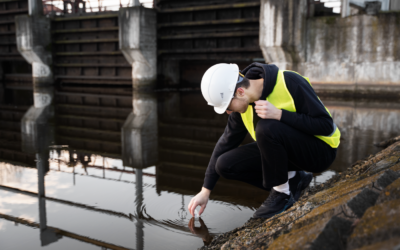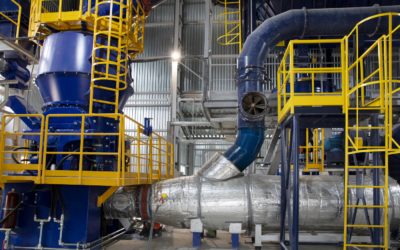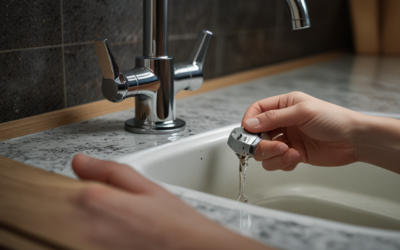A pressure vacuum breaker prevents backflow contamination in water supply systems by creating a barrier of air. Water flows in one direction, and if a sudden pressure drop occurs, the air barrier prevents water from siphoning back into the supply.
When it comes to ensuring the house’s integrity and saving the system from water pressure. Pressure vacuum BRekaer is the first choice homeowners go for. With all the fuzz around a simple question comes to everyone’s mind what does a pressure vacuum breaker do?
In short, A pressure vacuum breaker prevents backflow contamination in water supply systems by creating a barrier of air. It makes sure the Water flows in one direction. But in time of sudden pressure drop the air barrier prevents water from siphoning back into the supply.
In this blog, we will discuss in-depth information about A PVB device and what it does for us. We will also explain why this single device is important for your house and family health. As well as simple installation and maintenance steps for longer utilization.

What Does A Pressure Vacuum Breaker Do
A pressure vacuum breaker is a device that protects against backflow. In the water system, it helps to prevent water system damage by preventing backward water pressure. It allows air to enter the system when there is a pressure drop. This prevents the inner system from creating a pressure vacuum. Which helps to prevent foul water from going into the mainstream.
A pressure vacuum breaker (PVB) is a crucial component in any irrigation system. It plays a vital role in keeping the water supply safe and free from contaminants. To better understand its function, let’s dive into the definition and purpose of a pressure vacuum breaker.
Definition
A pressure vacuum breaker is a backflow prevention device. which is installed on plumbing systems and outdoor irrigation systems. Its design helps to prevent the backflow of water from the irrigation system. Which prevents foul water from into the public water supply.
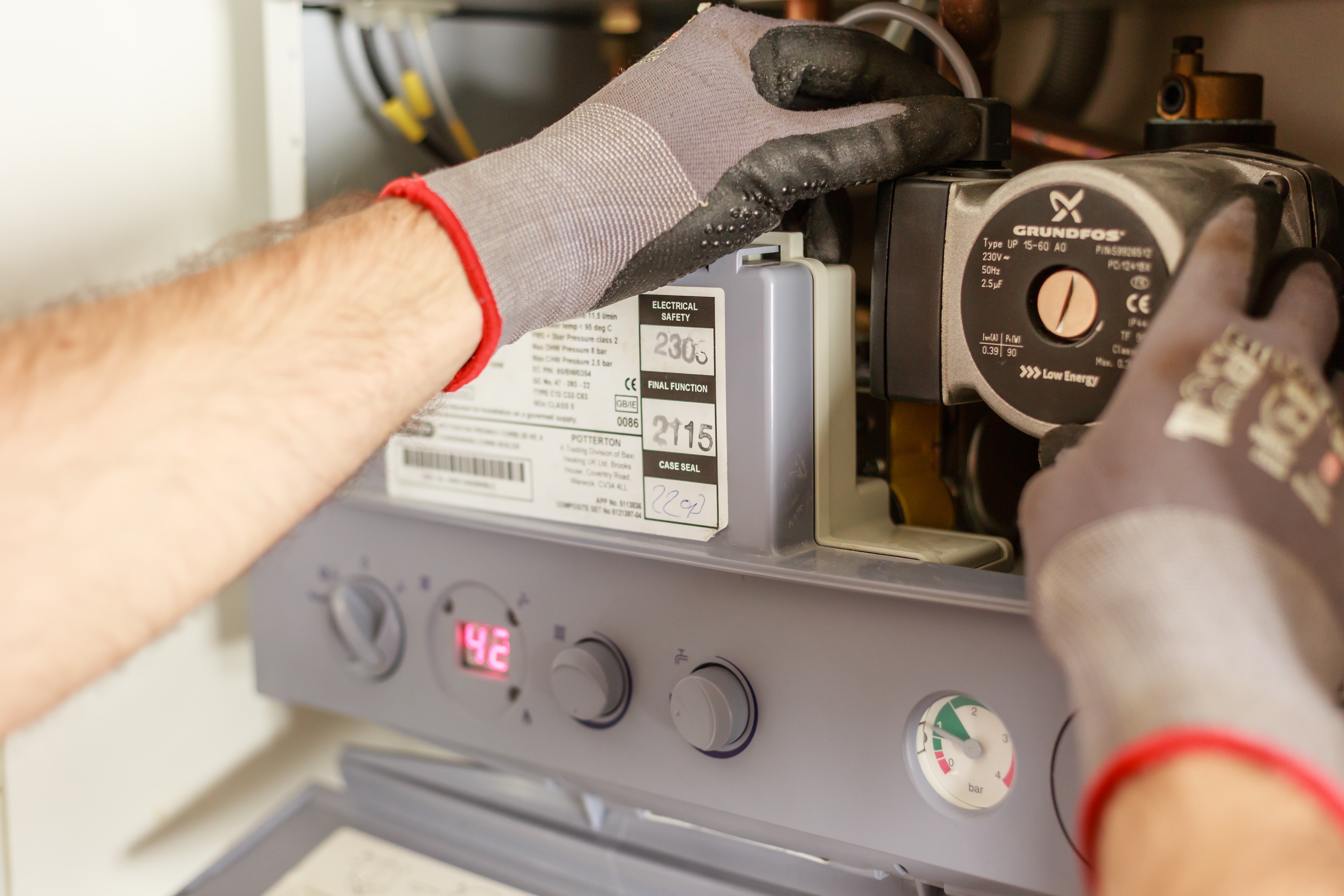
Purpose
The primary purpose of a pressure vacuum breaker is to protect it from contamination. It provides an effective barrier between the irrigation system and the drinking water system. Ensuring that there is no cross-contamination between the lines.
Once installed, the pressure vacuum breaker creates a break in the plumbing system. Allowing air to enter and create a vacuum. This vacuum prevents the water from flowing back into the water supply when the pressure in the system drops.
One of the key reasons for installing a pressure vacuum breaker is to comply with local plumbing codes. This device is essential to prevent water contamination and protect public health.
Pressure vacuum breakers are very common in outdoor irrigation systems. Where there is a higher risk of backflow because of fertilizers and different synthetic substances. At the point when these substances blend in with the water supply it causes extreme health hazards.
Components Of A Pressure Vacuum Breaker
A pressure vacuum breaker consists of various components that work together to prevent backflow and ensure the safety of the water supply. Its main purpose is to protect against cross-contamination by creating a barrier between the potable water supply and any potential pollutants or contaminants.
Inlet
The inlet is a crucial component of a pressure vacuum breaker (PVB). It is the point of entry for water into the device from the main water supply. The inlet is typically found at the bottom of the PVB. Where it has a connection to the main water line. This ensures a constant flow of water to the PVB and allows it to function effectively.
Air Inlet Valve
The air inlet valve is responsible for allowing air to enter the pressure vacuum breaker. It is located at the top of the device. When the design helps to prevent contaminants from entering the water system while allowing air to flow freely. This valve opens when the pressure in the system drops, which allows air to enter and prevent backflow.
Check Valve
The check valve is a vital component of the pressure vacuum breaker. It can be found between the inlet and the outlet and ensures that water flows in only one direction. This valve prevents backflow, which occurs when water flows back into the main water supply. The check valve ensures that the water can only flow out of the device to the desired location.
Outlet
The outlet is where the water exits from the pressure vacuum breaker. Then it flows to its certain location. It typically has a connection to the irrigation system of the whole house. The outlet lets the water to flow freely while preventing any backflow from occurring. It plays a crucial role in ensuring that the water is flowing properly. Also, ensure that it does not contaminate the main water supply.
How A Pressure Vacuum Breaker Works
A pressure vacuum breaker is an important part of a water irrigation system, designed to prevent the backflow of water into the main water supply. Wondering what does a pressure vacuum breaker do? Let’s dive into understanding how it works.
Normal Operation
During normal operation, water flows through the pressure vacuum breaker. Creating a vacuum within the system along the stream. This vacuum draws air in through the air inlet. Disrupting the flow of water in the event of a pressure loss. The air inlet is key to ensuring the pressure within the system remains in proper balance. This allows the device to function effectively.
Backflow Prevention
The primary function of a pressure vacuum breaker is to prevent backflow. Backflow occurs when water reverses in the backward direction. Which flows back into the main water supply. This can happen due to a drop in water pressure, potentially causing contamination of the drinking water. The pressure vacuum breaker creates a physical barrier. This prevents the backflow of water and safeguards the purity of the water.
Credit: www.irrigationrepair.com
Installation And Maintenance
Installation and maintenance are crucial aspects of understanding what a pressure vacuum breaker does. Proper installation ensures the optimal functioning of the pressure vacuum breaker. But regular inspections, cleaning, and repairs help maintain its efficiency. In this section, we will delve into the various aspects of installation and maintenance in detail.
Proper Installation
Proper installation of a pressure vacuum breaker is essential to ensure its effectiveness in preventing backflow. You can follow the steps for a successful installation:
- Begin by locating a suitable spot for the pressure vacuum breaker. It should be installed at least 12 inches above the highest point in the irrigation system.
- Once the location is final, connect the pressure vacuum breaker to the water supply line. Make sure the connections are secure and leak-free.
- Install isolation valves before and after the pressure vacuum breaker to allow for easy shut-off and maintenance.
- Ensure that all connections are tight and that there is no water leakage.
- Once everything is in place, test the pressure vacuum breaker to ensure it is functioning correctly. Refer to the manufacturer’s instructions for the testing procedure.
Proper installation of a pressure vacuum breaker not only safeguards the water supply but also ensures compliance with local regulations and guidelines related to backflow prevention.
Regular Inspections
Regular inspections are essential to identify any issues or potential problems. By conducting routine checks, you can proactively address any concerns before they escalate. Here are some key aspects to consider during inspections:
- Check for any signs of physical damage, such as cracks or corrosion, on the pressure vacuum breaker body.
- Inspect the valves and seals for any signs of wear or leakage. Replace any faulty components promptly.
- Verify that the air inlet vents are clear of debris. Clogged vents can hinder the proper functioning of the pressure vacuum breaker.
- Ensure that all valves and isolation devices are fully operational and do not show any signs of malfunction.
Regular inspections help maintain the integrity of the pressure vacuum breaker. Which also helps to prevent any potential backflow incidents that could jeopardize the water supply.
Cleaning And Repairs
Cleaning and repairs play an integral role in the maintenance of a pressure vacuum breaker. Regular cleaning helps remove debris and buildup that can impede its functioning. When it comes to cleaning and repairs, consider the following:
- Regularly clean the pressure vacuum breaker by carefully removing any accumulated dirt or grime.
- Inspect the check valves for any signs of damage or foreign objects that may obstruct proper flow. Clean or replace them as necessary.
- If any parts of the pressure vacuum breaker are damaged or malfunctioning, repair or replace them promptly to ensure continued efficiency.
Adhering to a regular cleaning and repair schedule enhances the longevity of the pressure vacuum breaker, keeping it in optimal condition for years to come.
Importance Of Pressure Vacuum Breakers
Pressure vacuum breakers play a crucial role in protecting water supply systems by preventing backflow contamination. They ensure that water flows in one direction, preventing contaminants from entering the water supply. Install and maintain pressure vacuum breakers for safe and clean water.
Protecting Against Backflow
A pressure vacuum breaker is a crucial component of any plumbing system. They work tirelessly to protect against the potential danger of backflow. Backflow is the reversal water flow of a plumbing system. Which has enough possibilities to contaminate clean water with harmful substances, chemicals, or pathogens.
By installing a pressure vacuum breaker, you can significantly minimize the risk of backflow occurrences. This device acts as a barrier, preventing water from flowing back into the main water supply. It works by creating a one-way valve that only allows water to flow in one direction. While the other ensures that contaminated water may not mix with the clean water supply.
Complying With Codes And Regulations
It is necessary to install a pressure vacuum breaker to maintain local codes and regulations. Many health departments and other governing facilities have shown the necessity to install a PVB. Because of the all-round safety and integrity of the water supply installing PVB is not essential.
Codes and regulations surrounding plumbing and water management are put in place to safeguard public health and maintain water quality standards. By following these restrictions and codes you can prevent water contamination and also from the diseases that prevail. Follow committee standards for water preservation regulations and save yourself from water contamination diseases.
In addition to complying with codes and regulations, installing a pressure vacuum breaker can also provide peace of mind. Knowing that your plumbing system is equipped with the necessary safety measures to prevent backflow can give you confidence that you and your family are drinking and using clean, uncontaminated water.
Conclusion
What does a pressure vacuum breaker does is a straightforward answer. Be it residential or commercial purposes A PVB system is essential. A pressure vacuum breaker is essential to protect the water supply from contamination. Understanding its functionality and role in maintaining safe water systems is crucial for homeowners and businesses. Proper maintenance and regular inspections are key to ensuring the effective operation of this device.

